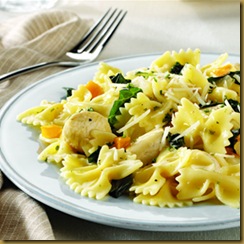Buon giorno, una bella giornata.
I recommended the coffee-table book “Tuscan Escapes”, some time back. In the book, Caroline Clifton-Mogg, has this to say about elegance – a part of La dolce vita.
To an Italian, elegance is an essential part of life; it is no surprise that the phrase bella figura is both immediately understandable and almost untranslatable – there being no equivalent in English or French. Elegance is not to do with a particular fashion; rather, it is a knowledge and sense of what looks good that goes far beyond transient enthusiasms. Elegance is always simple; it is always less, never more – and it is always desirable.
Although elegance is international, it takes many different forms. The elegance of a Provencal country interior is not the same as that of Parisian maison particulier, in the same way that the elegance of a New York apartment is not the elegance of a Cape Cod summer house. Equally, elegant Tuscan rural interiors are not the same as those of the cities of Tuscany; there is a softer approach, albeit touched with a certain urbanity. There is also an understanding of a local or native style, for elegance is always a question of using the best available – taking a pivotal piece and refining it, giving it a certain distinction, perhaps by placing it in a certain spot, in the right light, and surrounding it by objects that both complement and flatter it. It is not easy to describe, this elegance of touch, but when you see it – you know it.
I think that Caroline has aptly described elegance at the end of the first paragraph: it is always simple – it is always less, never more….. and this touch of elegance can be found in all aspects of the Italian life – the sweet life. Look at your life today, and reflect on the elegance that can be found in it – is it simple with less than more?
Cheers… and salute
Love Italy, love life.



















